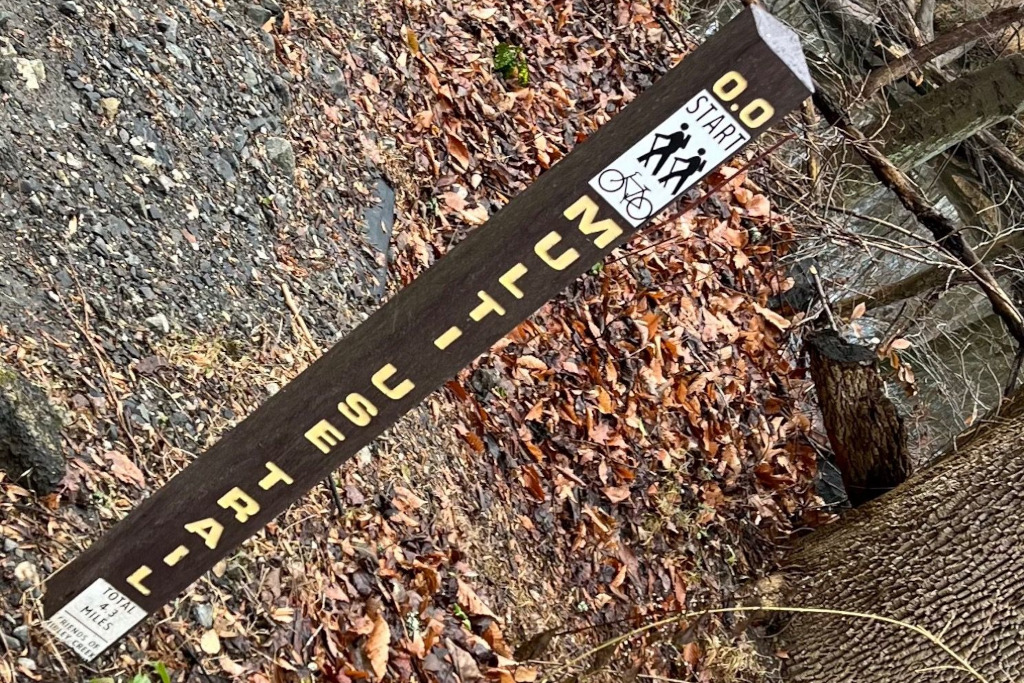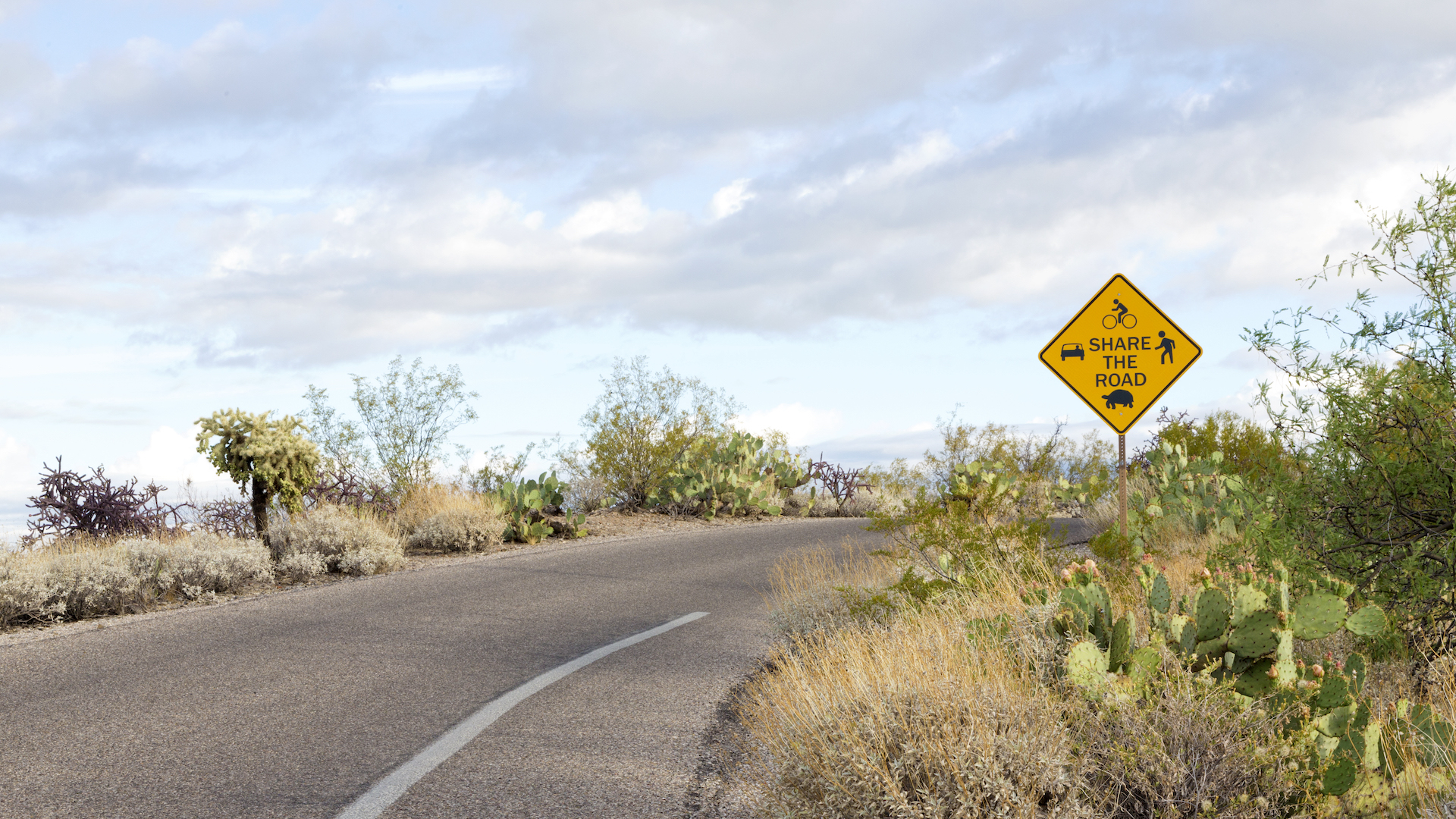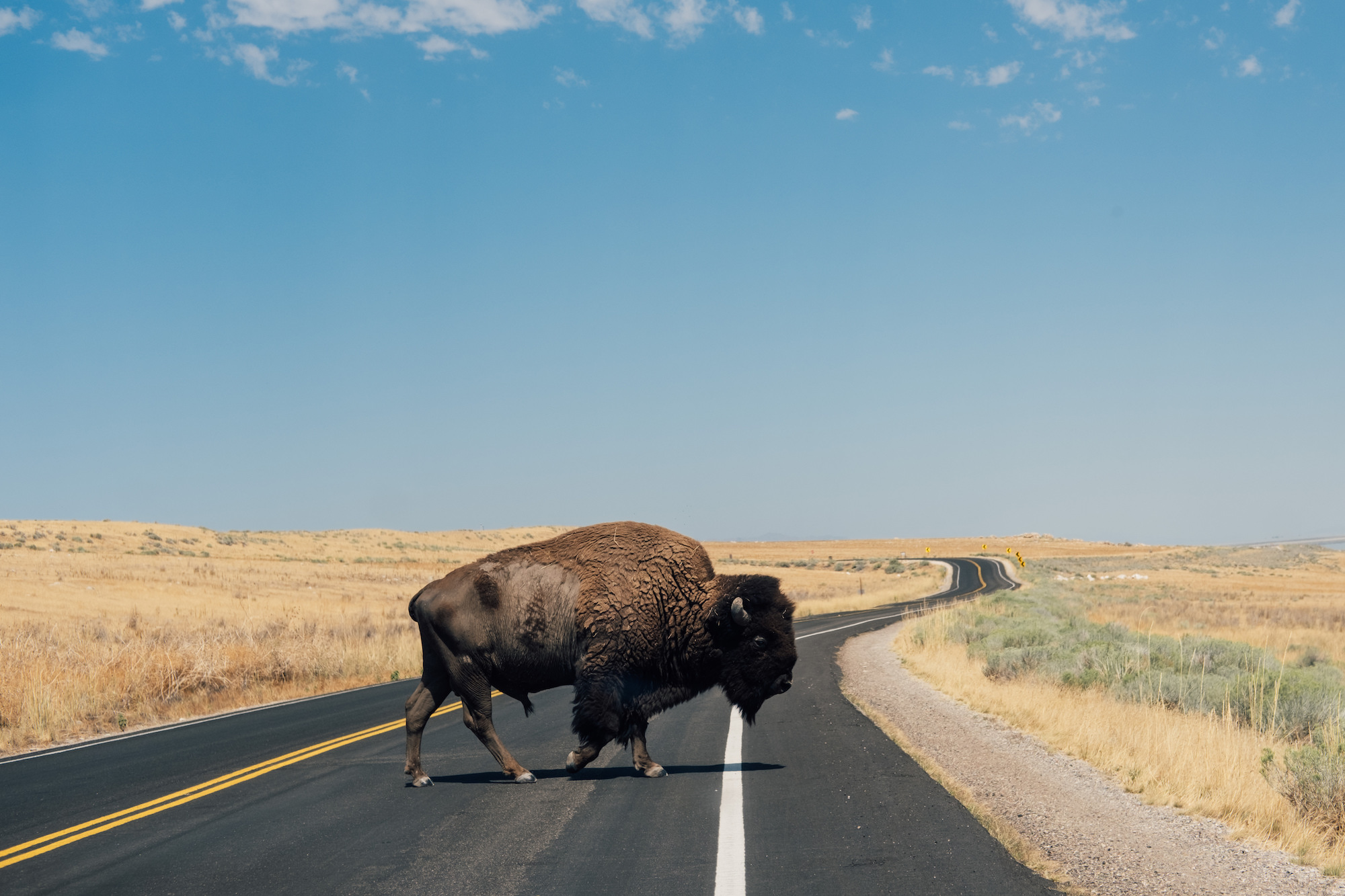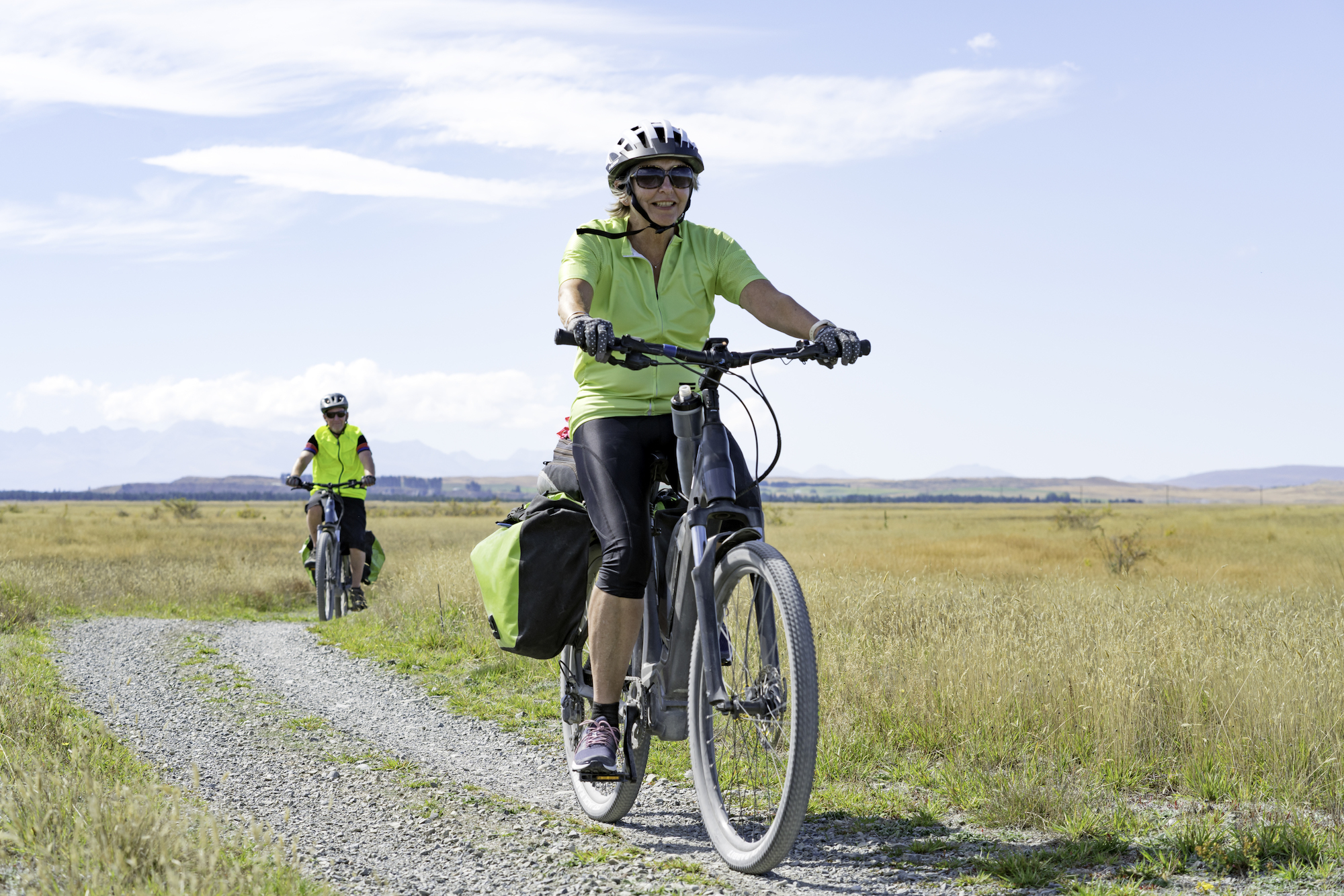Can I ride my e-bike in a US National Park?
Everything you need to know about riding electric-powered bicycles on public lands

If you’re planning a trip to one of the U.S. national parks you should remember to fully charge your e-bike battery, and also be aware of the rules and regulations regarding e-bike use on federal lands.
The growing popularity of e-bikes means the demand for safe spaces to ride bikes has also increased. U.S. national parks experienced an uptick in use following the COVID-19 pandemic as people emerged from self-induced quarantine to participate in socially distant activities. The trend continued, and with so many hikers, runners, and cyclists vying for space on roads, paths and trails, the National Park Service must balance demand with stewardship and safety for all users.
A jigsaw puzzle of regulations

E-bike users have to share trails with other users.
The U.S. Department of Agriculture oversees lands managed by the U.S. Forest Service, while the U.S. Department of the Interior oversees the National Parks system. Each agency has a different definition of an e-bike, and where e-bike use is permitted.
“It is a patchwork across the nation, depending on the state, the federal agency,” says People for Bikes eMTB policy and program manager Rachel Fussell. “Even within the federal agencies – the U.S. Forest Service defines e-bikes specifically as motorized [vehicles], whereas the U.S. Department of Interior [which oversees national parks], classifies them as electric bicycles.”
To further complicate guidelines: There’s no single catch-all rule for using e-bikes on state-managed parklands.
National parks e-bike rules

The National Parks System uses the e-bike classification adopted by the Bureau of Land Management:
- Class 1 electric bicycle shall mean an electric bicycle equipped with a motor that provides assistance only when the rider is pedaling, and that ceases to provide assistance when the bicycle reaches the speed of 20 miles per hour (32 kph).
- Class 2 electric bicycle shall mean an electric bicycle equipped with a motor that may be used exclusively to propel the bicycle, and that is not capable of providing assistance when the bicycle reaches the speed of 20 miles per hour.
- Class 3 electric bicycle shall mean an electric bicycle equipped with a motor that provides assistance only when the rider is pedaling, and that ceases to provide assistance when the bicycle reaches the speed of 28 miles per hour (45 kph).
As of August 1, 2023 all three classes of e-bike may be used on national park lands wherever non-motorized bicycles are allowed.
The latest race content, interviews, features, reviews and expert buying guides, direct to your inbox!
The National Park Service indicates park superintendents may choose to permit some, but not all, classes of e-bikes to use park lands. A specific park may allow class I and II e-bikes, but prohibit class III e-bikes.
For instance, if you’re visiting the Grand Canyon national park, know that class I and III e-bikes are permitted wherever traditional bicycles are allowed, but class II e-bikes may only be used on roads designated for motorized vehicles.
The National Parks website indicates that all bicycles ridden in national parks must comply with the laws of the local jurisdiction, which “may include organized group size restrictions, permitting requirements, local helmet laws, [and] sharing the road.”
Bikes of any type are prohibited in wilderness areas.
E-bike use on other federally managed spaces

The U.S. Forest Service considers all e-bikes to be motorized vehicles, which are restricted to roads and paths that permit motorized vehicle use. According to the U.S. Forest Service website “Class 1, 2, and 3 e-bikes are allowed on motorized trails and roads on national forests and grasslands.“
The Forest Service website also indicates that special dispensation may be granted on a case-by-case basis to allow e-bikes use on roads for non-motorized vehicles on lands managed by resorts. Local forestland managers may also apply for exceptions to the e-bike rule, too.
Can I ride an e-bike in a state park?

State guidelines for e-bike use on state-managed lands are a patchwork of rules and exceptions. The regulations get complicated where state lands border lands managed by federal entities, like national parks and federal forestlands.
"This patchwork is so confusing for trail users and consumers – as soon as you cross into another land manager's property, you then have to adhere by their rules," says Fussell. "If you're on a National Park Service [road], you can't just [ride on] state land or state park where they don't allow you bikes," she adds.
In Pennsylvania, for instance, only class I e-bikes can be used in state parks. Class II and III e-bikes are prohibited. Pennsylvania state parks reference the PA Department of Motor Vehicles code, which specifies class I e-bikes with additional detail:
- Must not weigh more than 100lb (45kg)
- May not exceed 20mph using the motor
- Motor may not produce more than 750 watts
- Must have functional and operable pedals
If you plan to ride an e-bike on both state and federal lands in a single ride, you must adhere to the regulations set by the respective land managers
“So that would mean you have to step off your bike, walk it until you get back to the next land manager’s [land], which we know most people don't know when they're crossing these boundaries,” Fussel says.
Know before you go

Although e-bike regulations may seem complicated, you can plan a route that accounts for land managers’ regulations by keeping in mind e-bike usage guidelines:
- U.S. National Parks allow e-bikes anywhere a standard, non-motorized bicycle may be ridden
- U.S. Forest Service land allow e-bikes anywhere a motorized vehicle may be used
- State parks may allow e-bikes, but check with the land managers of specific locales
People for Bikes is developing a free electric bicycle policy database that includes all e-MTB and e-bike usage policies and regulations from across the country.
“Users can discover where e-bikes and eMTBs are allowed on trails, as well as what class(es) of e-bikes are allowed.”
This tool is also good for finding great places to ride non-motorized bikes, too.
As regulations regarding e-bike use are constantly being reviewed, it’s always a good idea to to call ahead, or visit a park website for the latest guidance before you turn your pedals.
Greg has been on and around bikes since his early teens. He got his start when tubulars and freewheels were still a thing, while working at local bike shops, and dabbling in the Philadelphia racing scene. Greg still geeks-out on bikes, cycling gear, apparel, and accessories as much now, as when he first discovered the sport. Greg has been on staff at VeloNews and Bicycling, and also was a contributor at Active.com.